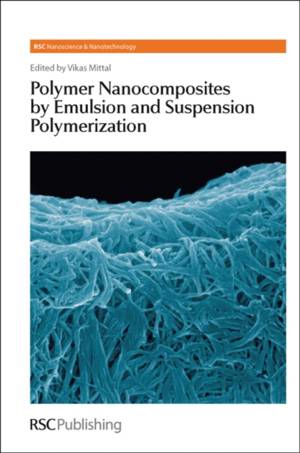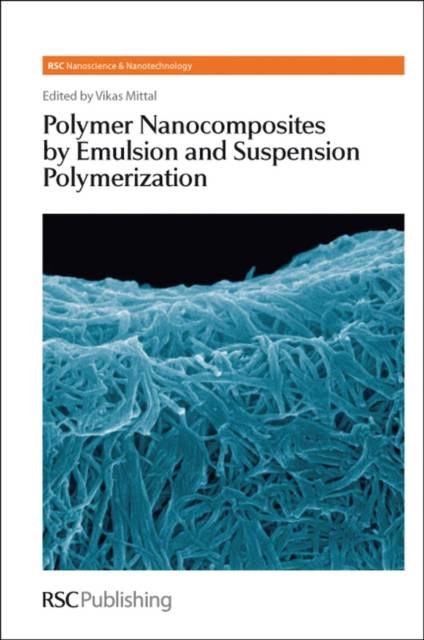
- Retrait gratuit dans votre magasin Club
- 7.000.000 titres dans notre catalogue
- Payer en toute sécurité
- Toujours un magasin près de chez vous
- Retrait gratuit dans votre magasin Club
- 7.000.000 titres dans notre catalogue
- Payer en toute sécurité
- Toujours un magasin près de chez vous
Polymer Nanocomposites by Emulsion and Suspension Polymerization
Description
Polymer nanocomposites revolutionized research in the composites area by achieving the nanoscale dispersion of the inorganic filler (clay platelets) in the polymer matrices after suitable surface modifications of the filler phase. A large number of polymer matrices were tried and nanocomposites with varying degrees of successes were achieved with these polymer systems. The majority of the synthesis are carried out by melt blending which frequently result in the full exfoliation of the filler. However, advanced techniques provide a number of advantages as compared to the melt blending and lead to more uniform composites with enhanced properties. There are a number of recent advances in these methods such as the use of reactive surfactants, modified initiators, advanced clay surface modifications, use of a variety of fillers, inverse polymerization, and miniemulsion polymerization methods which have further led the generation of advanced exfoliated nanocomposites. Until now, most of the published research has been scattered throughout the literature. This book provides a single comprehensive source of information about one of the most important facets of polymer nanocomposites technology: synthesis in emulsion and suspension. These polymerization methods lead to the generation of the well delaminated polymer nanocomposites with a wide range of polymer matrices. This book serves as both a professional reference for experienced researchers and a valuable text for newcomers to the field. It makes the reader aware of the potential commercial use of these recent developments.
Spécifications
Parties prenantes
- Editeur:
Contenu
- Nombre de pages :
- 332
- Langue:
- Anglais
- Collection :
- Tome:
- n° 16
Caractéristiques
- EAN:
- 9781847552259
- Date de parution :
- 30-09-10
- Format:
- Livre relié
- Format numérique:
- Ongenaaid / garenloos gebonden
- Dimensions :
- 157 mm x 240 mm
- Poids :
- 621 g






